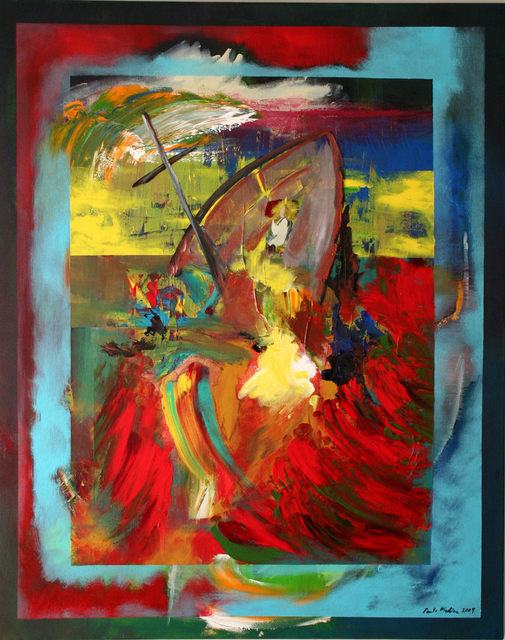
Some went down to the sea in ships,
doing business on the great waters;
they saw the deeds of the Lord,
his wondrous works in the deep.
For he commanded and raised the stormy wind,
which lifted up the waves of the sea.
They mounted up to heaven; they went down to the depths;
their courage melted away in their evil plight;
they reeled and staggered like drunken men
and were at their wits’ end.
Then they cried to the Lord in their trouble,
and he delivered them from their distress.
He made the storm be still,
and the waves of the sea were hushed.
Then they were glad that the waters were quiet,
and he brought them to their desired haven.
Let them thank the Lord for his steadfast love,
for his wondrous works to the children of man!—Psalm 107:23–31, describing one of four groups of exiled Judahites whom God rescued in their distress
On that day, when evening had come, [Jesus] said to [his disciples], “Let us go across to the other side.” And leaving the crowd, they took him with them in the boat, just as he was. And other boats were with him. And a great windstorm arose, and the waves were breaking into the boat, so that the boat was already filling. But he was in the stern, asleep on the cushion. And they woke him and said to him, “Teacher, do you not care that we are perishing?” And he awoke and rebuked the wind and said to the sea, “Peace! Be still!” And the wind ceased, and there was a great calm. He said to them, “Why are you so afraid? Have you still no faith?” And they were filled with great fear and said to one another, “Who then is this, that even the wind and the sea obey him?”
—Mark 5:35–41
+++
SONG: “Stand by Me” | Words and music by Charles A. Tindley, 1905 | Performed by Seth Avett, 2013 | United Methodist Hymnal #512
Read the history of this hymn by “one of the founding fathers of African American gospel music” at Discipleship Ministries, and listen to unique renditions by Sister Rosetta Tharpe and the Staples Singers.
+++
Paulo Medina’s painting Navecilla (Ship) was inspired by a letter St. Thérèse of Lisieux wrote to her older sister, Céline, on July 23, 1893, which references the narrative from next week’s Gospel lectionary reading and says in part,
Be assured, dear Céline, that even though your dinghy is far asea, it is perhaps already very close to your harbor. The wind of suffering that is propelling it is a wind of love, and that wind is faster than lightning. [translated by Victoria Hebert and Denis Sabourin]
Read the full letter, in an alternate translation from the French by John Clarke, at the Archives du Carmel de Lisieux.
This post belongs to the weekly series Artful Devotion. If you can’t view the music player in your email or RSS reader, try opening the post in your browser.
To view all the Revised Common Lectionary scripture readings for Proper 7, cycle B, click here.
